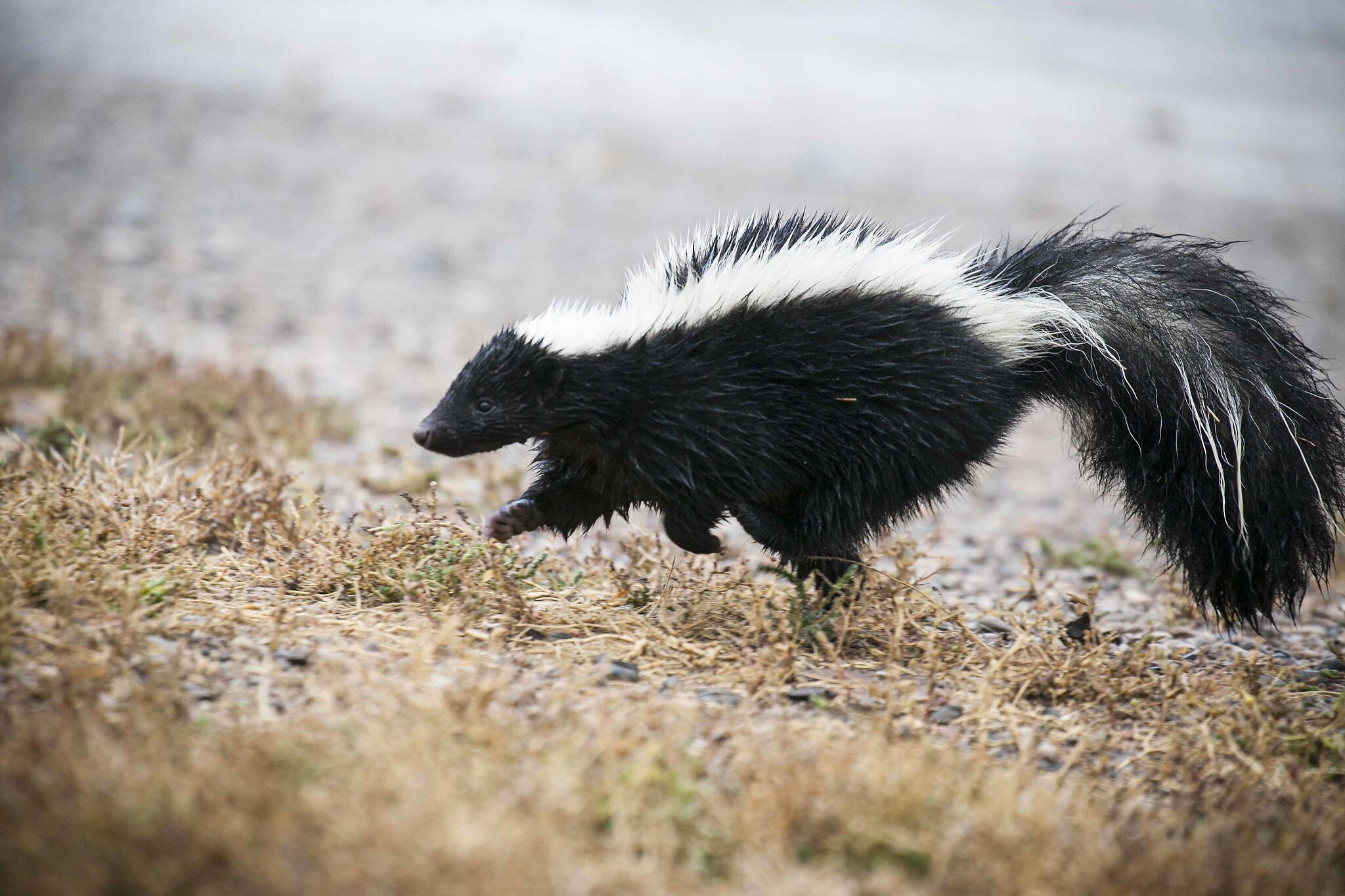
Public Relations
An integral component of why regulated trapping remains a viable and necessary part of New England culture can be found within our own growing society. As housing development and habitat degradation become more widespread across the Northeast, the need for abundant fur-bearing wildlife species to be managed is apparent. The New Hampshire Trappers Association works diligently to communicate with all natural resource stakeholders on the importance of regulated trapping in today’s human-driven world. This is accomplished in several ways, whether through technical assistance (matching municipalities and property owners with licensed trappers for wildlife damage control, or assisting state agencies with trapping-related skills), outreach at the public level (via expos, fairs, and other public events), or educating lawmakers on the importance of such activities, the NHTA remains at the forefront of public wildlife management advocacy.
Landowner Relations
New Hampshire is the second most forested state in the United States (trailing our neighbors to the north, Maine) as of year 2012. Those forests occupy 81% (4.8 million acres), with 73% of that forest land owned privately (approximately 196,000 individuals and enterprises). 52% of that private forested land is owned by small families and individuals. With these figures in mind, one can determine that forested land (integral habitat) is also inhabited by the state’s healthy and abundant wildlife. Inevitably, conflict between landowners and wildlife is bound to happen, and while state agencies attempt to mitigate a large percentage of these conflicts, the emphasis is ultimately placed upon citizens to address and resolve. The NHTA works tirelessly to educate, offer resources, and assist landowners and private property owners as needed. This includes technical assistance and education on proper administration of damage control techniques for our important agricultural property owners (farms, crop producers, and timber producers etc.) when wildlife conflict takes place - such as livestock depredation from predators, crop loss to foraging fur-bearers, and timber loss to beaver activity (flooding and tree felling).
Expos and events
One of the NHTA’s primary goals for the 21st century was to bolster a communicative relationship with public citizens on the importance of regulated trapping in a modern world. This includes tabling public events to address misconceptions and openly discuss the importance of the activity with those citizens who may not even realize the activity takes place. Check out or Calendar of Events page to review an updated list of public events we will be tabling at each year.
Nuisance control
Many citizens believe state agencies and municipalities handle wildlife conflict situations - this is an understated misconception. State agencies rely on licensed citizens (trappers) to address the majority of non-big-game wildlife conflict in NH.
Raccoons, beavers, bobcats, woodchucks, skunks, and many others are handled directly by private wildlife control professionals and licensed fur trappers. While the NHTA is not a wildlife control entity, our members are; and we work directly alongside state agencies to pair/match citizens dealing with a wildlife conflict situation with licensed state trappers. In addition, we actively support and promote proper education and certification of new trappers, and fight to defend the legislative integrity of proper wildlife management and damage mitigation technique. Whether its property flooding from beaver activity, crop damage from raccoons, or issues with neighborhood skunks, the NHTA continues to be the leading voice in New Hampshire for proper (and ethical) wildlife control protocols for NH’s abundant fur-bearer populations.
